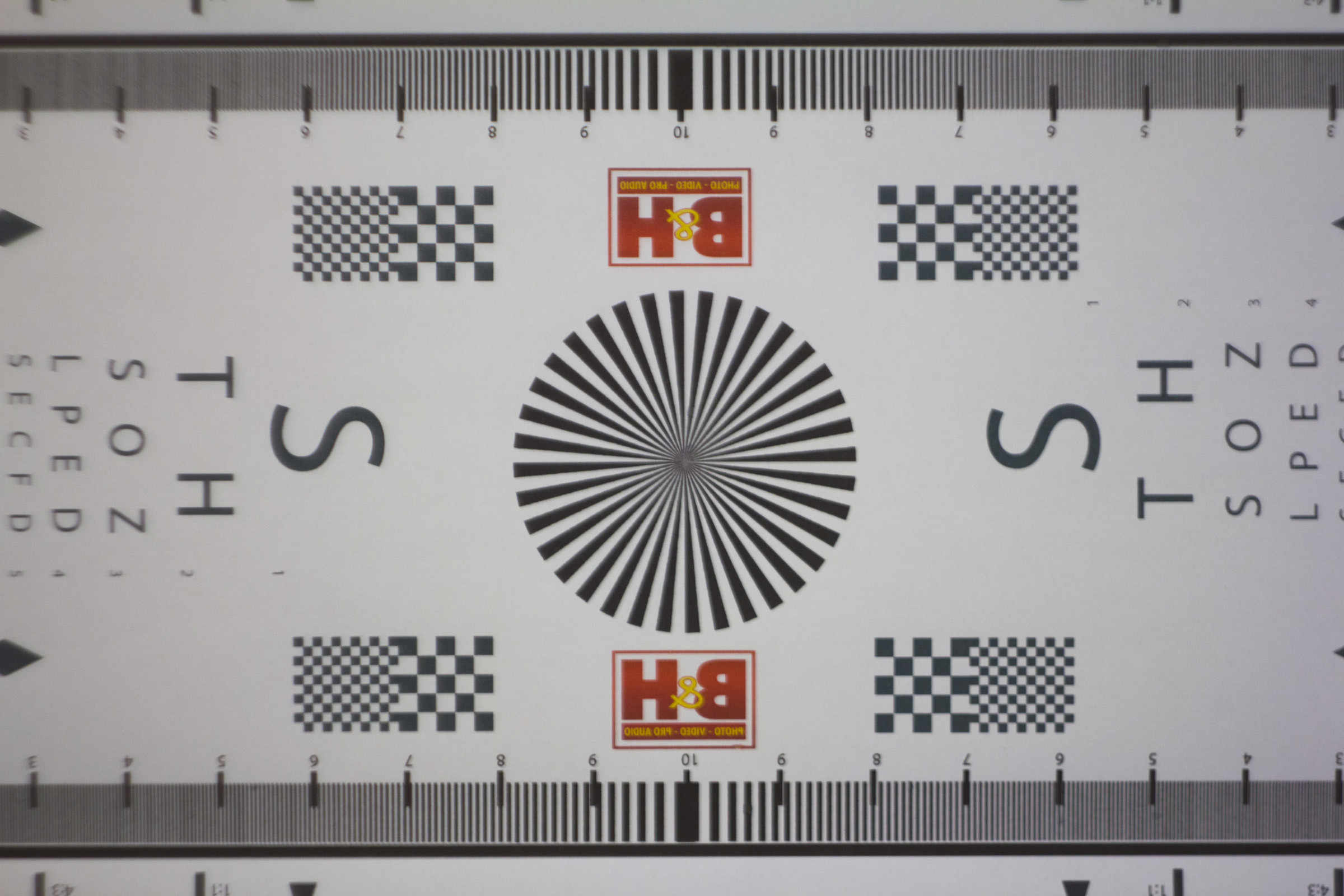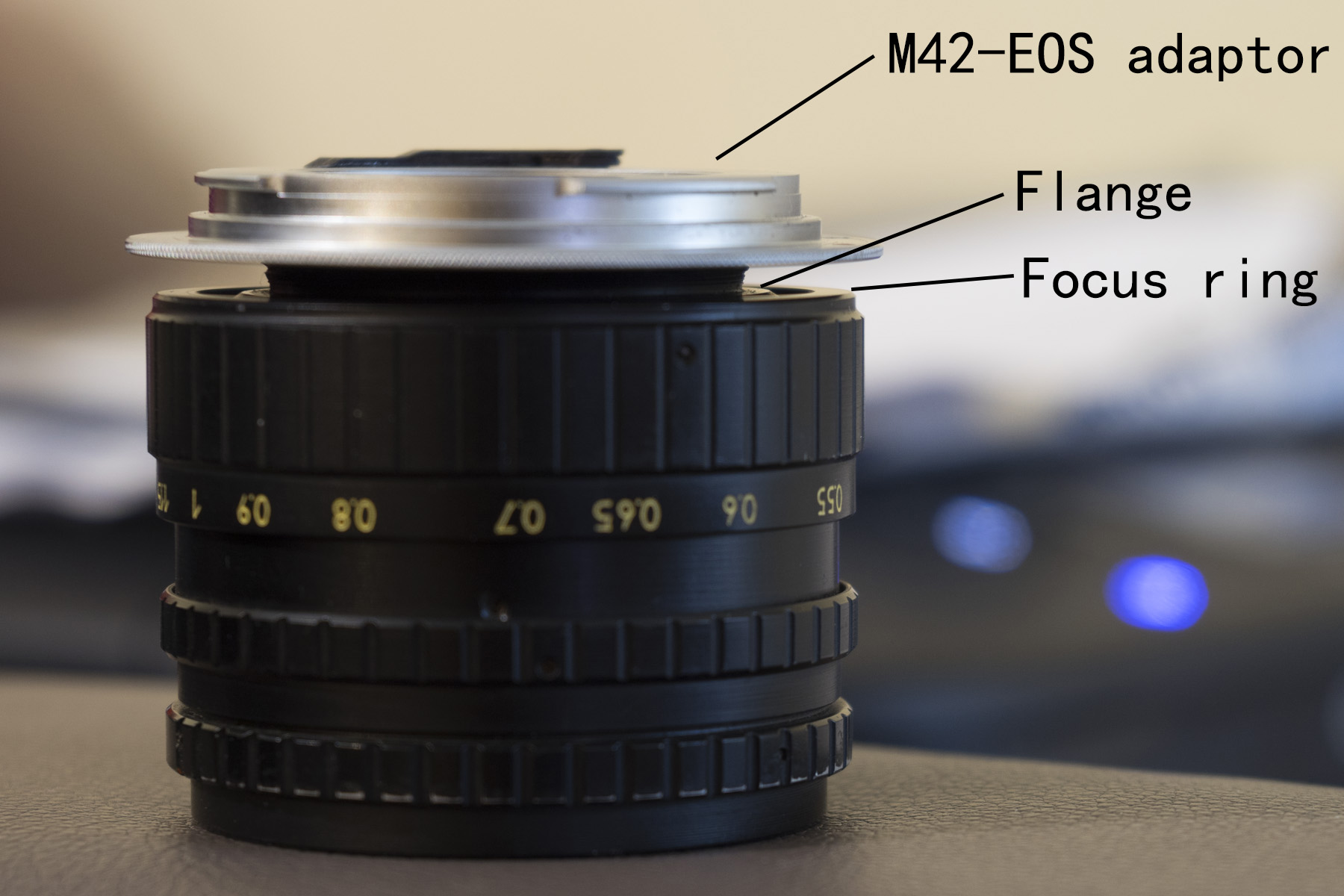The problem mentioned in the title, i.e. 'left part of image is much softer than the right part', is clearly demonstrated in the image below.
It is less obvious when it 'focuses' at the centre of the image:
The images came from Canon 550D with a Helios 44-2 lens @F2.0.
I read the uneven sharpness across the imaging could be caused by lens decentering, but I'm also wondering if it could be caused by the adaptor.
This Helios 44-2 is the newest version of its kind. The problem with this version of the lens is that the surface of the M42 thread flange is flush with the back end of the focus ring, as can be seen from the image below:
My worry is if the surface of the flange is slightly lower than the back end of the focus ring, the M42-EOS adaptor may come into contact with the focus ring, which effectively increases the distance between the sensor and the lens, and I do feel a little bit harder to turn the focus ring with the adaptor attached.
So, what do you think? Is this lens decentred or it could be the adaptation?
Update
Here's some 100% crops of two other images I took this morning against the test chart.
Focused
Defocused
These images show the four large black & white tiles arranged around the star pattern in the test chart. The purpose of this is to do a 'flare' test similar to what Roger Cicala suggested in his blog post (Thanks @MichaelClark for this link).
According to Roger:
if the lens is decentered or significantly tilted the center blur will ‘flare’ out in one direction or another as you defocus.
In the defocused image, a substantial amount of flare can be seen in the tile blocks in the top left and nearly invisible in those in the bottom right. This might suggest the lens is probably indeed decentred or tilted.
Is this still possible the adaptor plate to blame?






